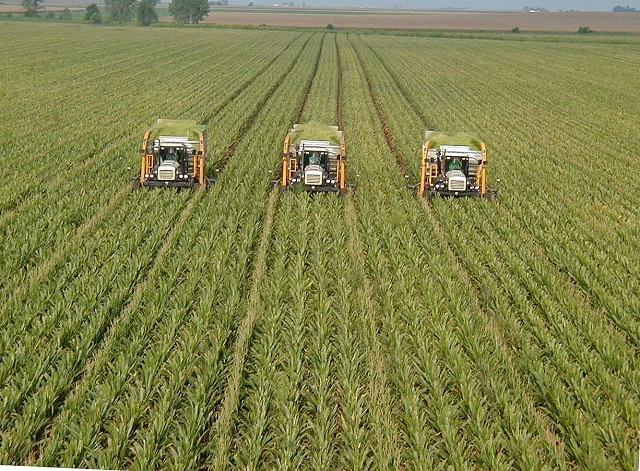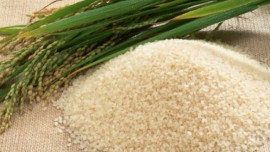
Despite the impact of Covid-19 pandemic on Pakistan’s economy, the agriculture sector is expected to report modest growth during the ongoing fiscal year on the back of government’s efforts to support farmers.
According to the Pakistan Economic Survey, the agriculture sector expanded 2.67% in fiscal year 2019-20 despite economic contraction in the wake of Covid-19. However, locust attacks remained a major challenge to the farming community in the previous fiscal year.
“We expect agriculture sector to remain stable due to government’s efforts to support farm economics,” said Taurus Securities analyst Ameer Hamza in a report.
Read: Minister censures Centre over agriculture policies
“However, climate change, locust attacks, water scarcity and natural disasters remain major downside risks for the sector.”
From an earnings perspective, wheat, sugarcane and rice segments enjoyed an income growth of 8%, 46% and 31% per acre respectively in fiscal year 2020, he said.
However, cotton productivity had been on the wane for the last three years due to seed, pest and climate change issues, he underlined.
Echoing his views, Sindh Abadgar Board (SAB) Senior Vice President Mahmood Nawaz Shah said cotton production had nosedived from a peak of 14.8 million bales a few years ago to less than 8 million bales this year.
“One of the major reasons behind the drop in cotton output is seed,” he pointed out. “No new cotton seed has been developed in Pakistan since the country began importing BT seed from Australia.”
This year, the government permitted the use of seeds with just 50% germination while the cost was far higher than last year, he said. Owing to this, the growers had to use double and, in some cases, triple the usual quantity of seeds.
In addition, ineffective pest management and rains dented cotton production, he lamented.
“It seems that cotton production will drop further, however, wheat and sugar production will remain stable,” Shah said. “If the authorities apply proper control and management, then prices should remain stable for consumers.”
The government should try to increase the supply of these commodities, which could only be achieved through quality seeds and inputs, robust research and development work, viable prices, storage and infrastructure, he said.
Fertiliser
Pakistan’s fertiliser sector, an allied industry of the agriculture sector, remained in the limelight during Covid-19 as the reduction in gas infrastructure development cess (GIDC) and drop in urea prices by Rs400 per bag provided some breathing space to the sector, said Hamza.
“Total domestic fertiliser production increased 8% on a year-on-year basis during calendar year 2020 on the back of supply of additional gas to the sector,” he said.
Read more: Neglect of agriculture sector to stall recovery
“Total urea off take during the year came in at around 6 million tons, down 3% year-on-year.”
He said that DAP off take registered 7% growth on a year-on-year basis.
When Covid-19 wreaked havoc in Pakistan, the government protected the farmers from inflationary pressures by allowing them to pay Rs1, 628 less on a bag of urea than what they paid in 2012, according to the analyst.
“Had Pakistan imported urea, the farmers might have borne more than twice the current cost,” he said. “We expect urea demand to stand at about 6.1 million tons in calendar year 2021 given the disparity between domestic and international prices and government intervention to support farmers.”



1719319701-0/BeFunky-collage-(10)1719319701-0-165x106.webp)
1737547089-0/fizza-(82)1737547089-0-165x106.webp)








1737452260-0/Gaddafi-stadium-(2)1737452260-0-270x192.webp)









COMMENTS
Comments are moderated and generally will be posted if they are on-topic and not abusive.
For more information, please see our Comments FAQ